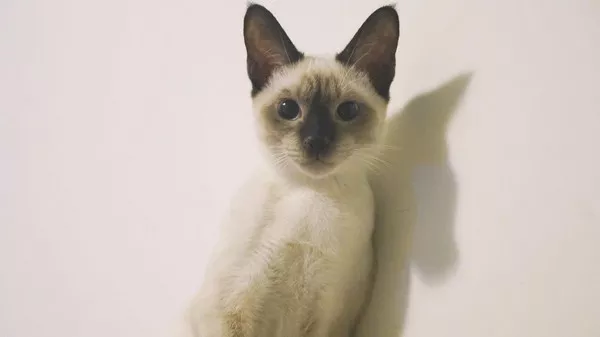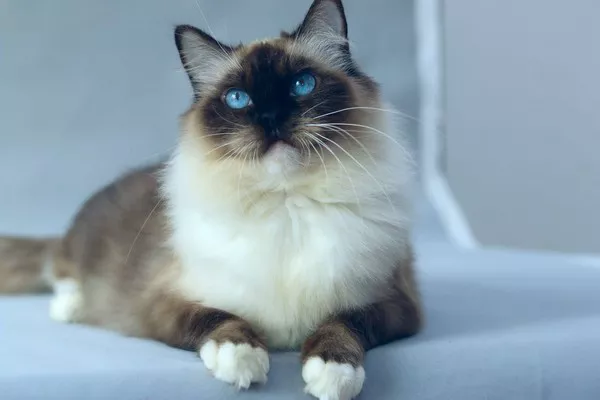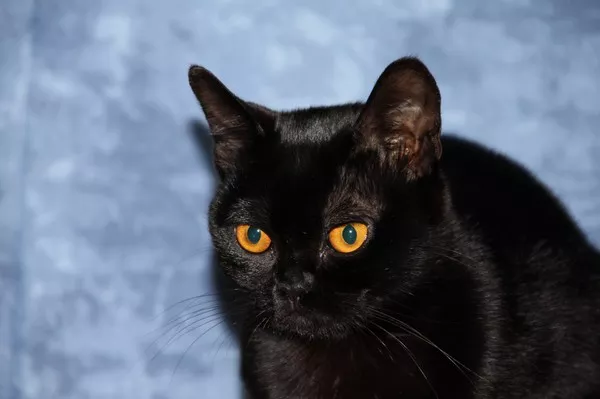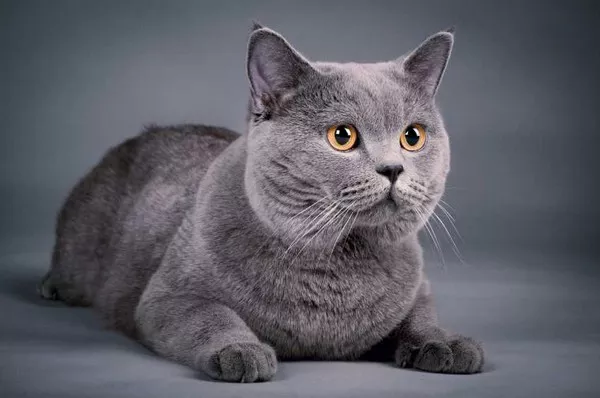Cats are known for their independent and sometimes enigmatic behavior. If you’ve recently taken your feline friend for a grooming session and noticed some peculiar behavior afterward, you’re not alone. Cats can display various reactions to grooming, and understanding why your cat may be acting differently is crucial for ensuring their well-being and maintaining a positive human-feline relationship. In this article, we’ll explore the reasons behind post-grooming behavior changes in cats, common reactions, and how to help your cat adjust to the grooming experience.
The Grooming Experience for Cats
Grooming is a natural behavior for cats, and in the wild, they dedicate a significant amount of time to self-grooming. However, when it comes to professional grooming, it introduces a new set of experiences that may be unfamiliar and potentially stressful for your cat. Understanding the grooming process and its impact on feline behavior is essential for pet owners.
1. Sensory Overload:
New Scents and Textures: Grooming products, shampoos, and the grooming environment introduce new scents and textures that may be overwhelming for a cat’s sensitive senses.
Handling and Touch: Cats are particular about their personal space, and the physical handling during grooming can be uncomfortable, especially if your cat is not accustomed to it.
2. Vulnerability and Anxiety:
Restriction in Movement: Grooming often involves some level of restraint to ensure the safety of both the cat and the groomer. This restriction can create a sense of vulnerability and trigger anxiety in some cats.
Unfamiliar Surroundings: If the grooming session takes place in an unfamiliar location, it adds an extra layer of stress for the cat.
3. Post-Grooming Appearance:
Altered Fur Texture: The use of grooming tools and products may change the texture of the cat’s fur, and some cats may need time to adjust to this change in their physical appearance.
Scent Alteration: Grooming products can leave residual scents on the cat’s fur, and this alteration may affect their recognition by other animals or even themselves.
Common Post-Grooming Behaviors
After a grooming session, it’s not uncommon for cats to exhibit various behaviors that might seem unusual or quirky. These behaviors are often a cat’s way of processing the experience and readjusting to their surroundings. Here are some common post-grooming behaviors:
1. Excessive Grooming:
Overcompensating: Some cats may engage in excessive self-grooming as a way to reestablish their scent and familiarize themselves with their altered fur texture.
Anxiety Response: Excessive grooming can also be a sign of anxiety or discomfort related to the grooming experience.
2. Hiding or Seeking Seclusion:
Safety Retreat: Cats may seek out hiding spots or secluded areas as a way to feel safe and secure after a potentially stressful grooming session.
Observation Mode: Hiding allows cats to observe their surroundings without feeling exposed, helping them assess potential threats.
3. Changes in Appetite:
Stress-induced Appetite Changes: Stressful experiences, such as grooming, can temporarily affect a cat’s appetite. Some cats may eat less immediately after grooming.
Return to Normalcy: Appetite changes are usually temporary, and most cats return to their normal eating habits once they feel more comfortable.
4. Affectionate or Distant Behavior:
Seeking Comfort: Some cats may display increased affectionate behavior, seeking reassurance and comfort from their owners.
Temporary Aloofness: On the other hand, a cat may temporarily become more aloof or distant as they readjust to their environment.
Helping Your Cat Adjust
As a responsible pet owner, there are several steps you can take to help your cat adjust to the post-grooming period and minimize stress:
1. Create a Comfortable Space:
Provide Safe Hiding Spots: Ensure that your home has designated hiding spots or cozy areas where your cat can retreat to when feeling overwhelmed.
Familiar Objects: Place familiar objects, such as their favorite toys or bedding, in the space to create a sense of familiarity.
2. Gradual Introduction to Grooming:
Incremental Exposure: If your cat is not accustomed to grooming, introduce the experience gradually. Start with short sessions and gradually increase the duration.
Positive Reinforcement: Use treats and positive reinforcement to create a positive association with grooming activities.
3. Gentle Reassurance:
Affectionate Interaction: Offer gentle petting and reassuring words to let your cat know that they are safe and loved.
Avoid Overstimulation: Be mindful of your cat’s comfort level, and avoid overstimulating them with excessive attention.
4. Monitor Behavioral Changes:
Observation: Monitor your cat’s behavior closely in the hours and days following grooming. Look for signs of persistent stress or discomfort.
Consultation with Vet: If you notice prolonged behavioral changes, consult with your veterinarian to rule out any underlying health issues.
Conclusion
Understanding your cat’s behavior after grooming is a crucial aspect of being a responsible and caring pet owner. Cats may express their feelings and readjust in various ways, and patience is key during this period. By creating a supportive environment, offering reassurance, and monitoring their behavior, you can help your cat navigate the post-grooming phase with comfort and ease. If you have concerns about your cat’s behavior or well-being, don’t hesitate to seek guidance from a veterinary professional for personalized advice and assistance.



























